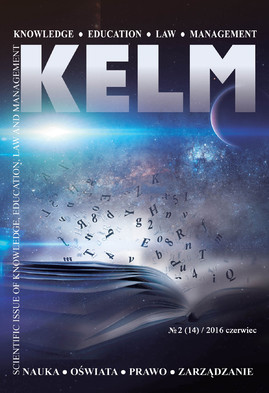JAK CHRONIĆ GINĄCE GWARY I DIALEKTY
HOW TO PROTECT DYING DIALECT AND DIALECTS
Author(s): H. KaraśSubject(s): Language studies, Customs / Folklore, Sociology of Culture, Philology, Politics and Identity
Published by: Fundacja „Oświata i Nauka Bez Granic PRO FUTURO”
Summary/Abstract: Dialect folk is an important element of national and regional identity - a relationship that feels hu age with his "little homeland". Dialect creates a feeling for the local community, and therefore is an indicator of belonging to "their", not "foreign." Polish folk dialect also create real wealth of knowledge about the past, they wear Nik culture, traditions and customs. In dialect - as in a mirror - we can look at folk culture. That it was a fixed whole vocabulary naming the products of this culture (both material and spiritual). We follow the story of the culture, the history of communities who speak a particular dialect. For example - slang terminology paster American (buzz lane mountain) tells us a lot, not only about the habits of pastoral methods of farming, but also about the history of settlement in these lands and dealing with other nations and their languages. Of these contacts provide words from different languages: the Romanian Parliament (eg. Straits, cap male goats klag 'rennet to acidify milk, parades) and Hungarian (eg. Gazda, harnaś, juhas), Ruthenian (eg. perednica 'about the cow-reaching headed sta da), German (eg. kierniczka 'Churns; wooden utensil for making butter, putnia 'kind of wooden buckets to carry water') and the Slovak-Czech (eg. hall, flock, moccasins).
Journal: KELM (Knowledge, Education, Law, and Management)
- Issue Year: 14/2016
- Issue No: 2
- Page Range: 79-86
- Page Count: 8
- Language: Polish

